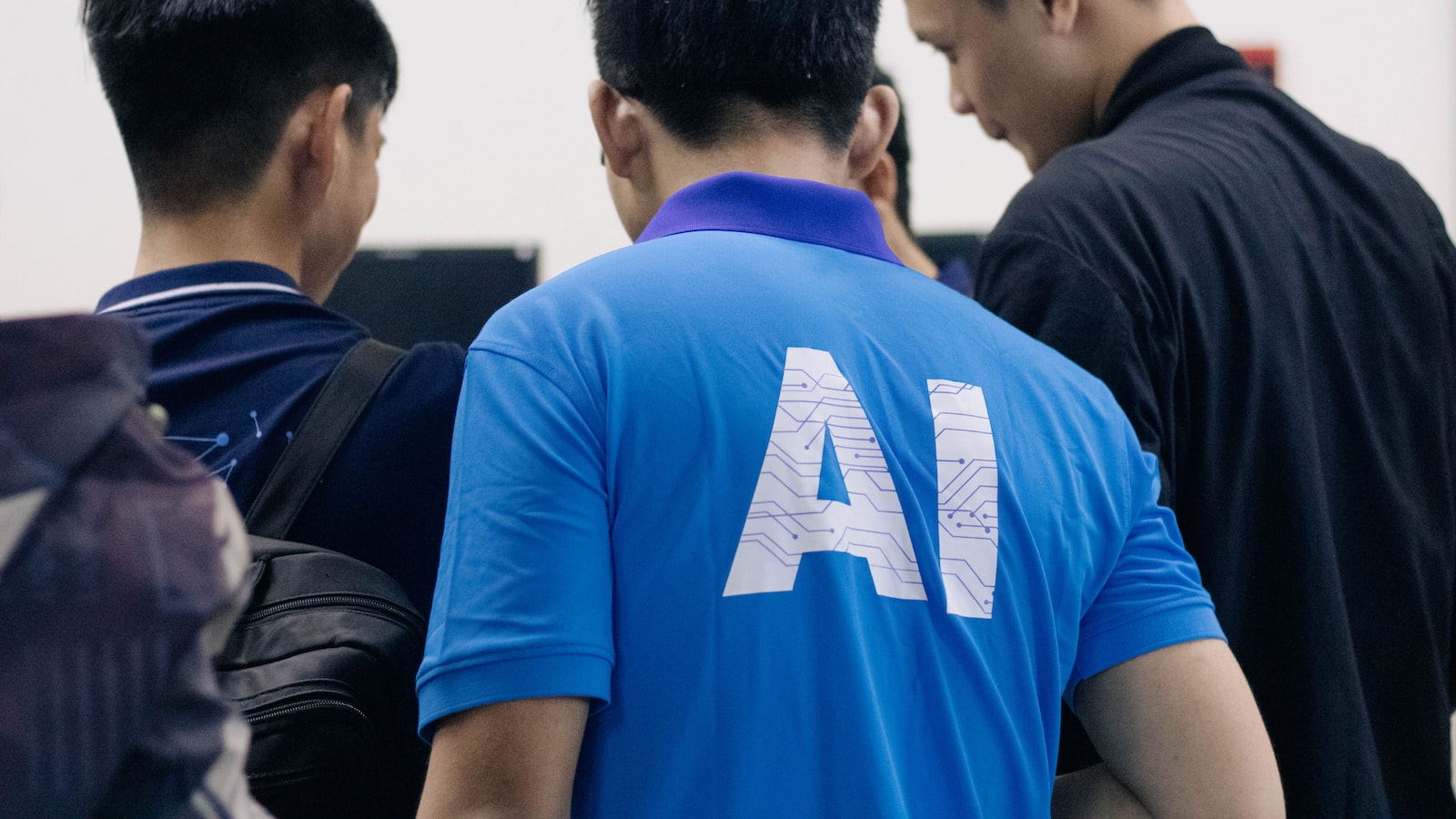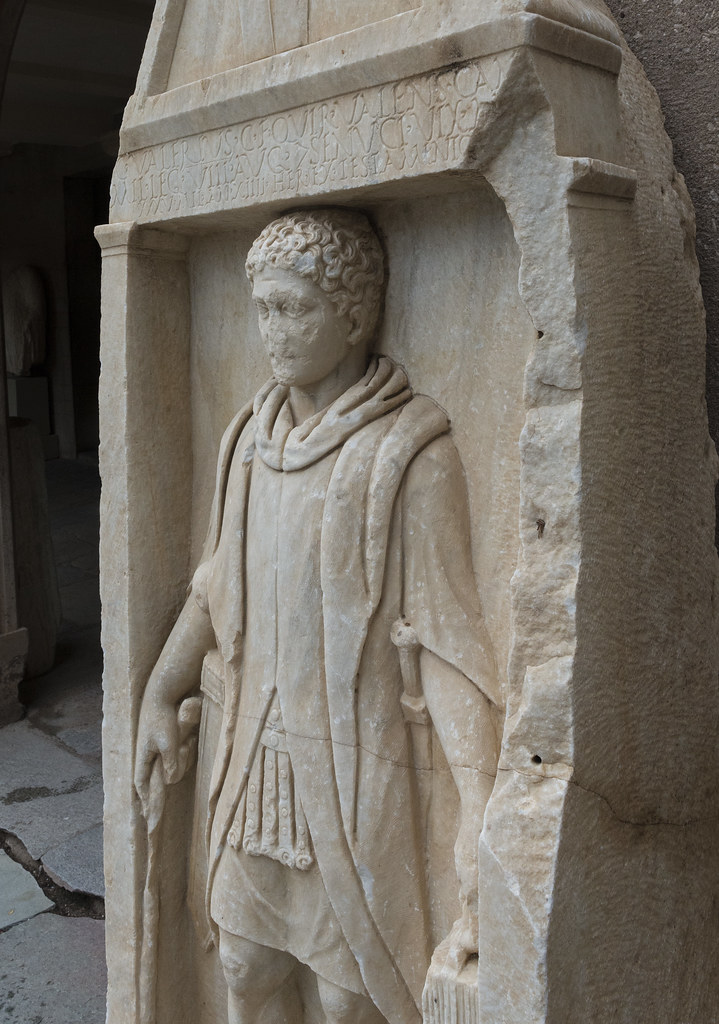
An Old Man Boarded An Aeroplane
A man boarded an airplane and found his seat. While settling in, he looked up and noticed an exceptionally attractive woman also making her way to his row. It turned out she was headed to the seat right beside his.
Eager to strike up a conversation, he asked, “Business trip or vacation?”
She turned, smiled, and replied, “Business. I’m going to the Annual Nymphomaniacs of America Convention in Boston.”
He swallowed hard. Seated beside him was the most stunning woman he had ever seen, and she was on her way to a convention for nymphomaniacs.
Struggling to keep his composure, he inquired, “What’s your role at this convention?”
She said, “I’m a lecturer. I use my personal experiences to debunk some common myths about sexuality.”
“Really?” he asked. “What kind of myths are out there?”
She explained, “One common myth is that African-American men are the most well-endowed, but in reality, it’s the Native American Indian who is most likely to possess that trait. Another myth is that Frenchmen are the best lovers, when it’s actually men of Jewish descent who excel. And I’ve found that the lover with the best stamina is the Southern Redneck.”
The woman suddenly became a bit uncomfortable and blushed. “I’m sorry,” she said, “I shouldn’t be discussing all of this with you. I don’t even know your name.”
He replied, “I’m Tonto, Tonto Goldstein, but my friends call me Bubba.”
——————————-END—————————-
Uncovering the Potential of Undress AI: Revolutionizing Research and Academia
In the rapidly advancing world of artificial intelligence (AI), scholars and researchers are continually exploring its remarkable applications to enhance various fields, including research and academia. As technology evolves, one question arises: Can undress AI be used for research or academic purposes? Delving into this innovative realm, we embark on a creative journey to uncover the immense potential that undress AI holds for revolutionizing scholarly pursuits.
AI has already proven its mettle in information gathering and other narrow tasks, providing invaluable assistance to researchers in their quest for knowledge and insights . Undress AI, with its ability to process vast amounts of data and extract meaningful patterns, offers a unique lens through which researchers can delve into intricate details that might have previously remained concealed.
Beyond information retrieval, undress AI showcases promise in streamlining the research process. By leveraging artificial intelligence algorithms, undress AI can aid in the review process, locating relevant academic papers, summarizing their conclusions, and even highlighting areas of uncertainty. This invaluable contribution not only saves time but also enhances the efficiency and accuracy of research, allowing scholars to focus on the essence of their inquiries.
However, the potential of undress AI extends far beyond the realm of conventional research methodologies. Its generative capabilities serve as a catalyst for human creativity, augmenting the imaginative capacities of employees and customers alike. This synergy between human ingenuity and AI-generated ideas leads to the identification and development of novel concepts, ultimately elevating the quality of raw ideas and propelling the boundaries of intellectual pursuits.
As we explore the role of undress AI in research and academia, it is important to maintain a neutral perspective, acknowledging both the benefits and ethical considerations that arise. Ensuring responsible and transparent use of undress AI should be at the forefront of our discussions, fostering an environment in which innovation can thrive while safeguarding the integrity of academic inquiry.
In this article, we journey into the realm of undress AI, exploring its potential applications in research and academia. With a creative lens and a neutral tone, we delve into the multifaceted dimensions of undress AI, exposing the possibilities it offers for information gathering, streamlining research processes, and augmenting human creativity. Join us as we uncover the potential that undress AI brings to the forefront of scholarly pursuits and pave the way for a new era of academic excellence.
References:
[1] Exploring the use of AI in the research process – URL: https://link.springer.com/article/10.1007/s00146-021-01259-0
[2] Can artificial intelligence help for scientific writing? – URL: https://ccforum.biomedcentral.com/articles/10.1186/s13054-023-04380-2
[3] How Generative AI Can Augment Human Creativity – URL: https://hbr.org/2023/07/how-generative-ai-can-augment-human-creativity
Table of Contents
- The Potential of Undress AI in Research and Academic Contexts
- An Examination of Undress AI’s Applications in the Field of Scientific Studies
- Key Considerations and Ethical Implications for Utilizing Undress AI in Academic Research
- Best Practices for Utilizing Undress AI Responsibly and Ethically in Academic Settings
- Frequently Asked Questions (FAQ’s)
- The Conclusion

The Potential of Undress AI in Research and Academic Contexts
Undress AI, a groundbreaking technology powered by artificial intelligence, has the potential to revolutionize the field of research and academic pursuits. By leveraging advanced algorithms and image recognition capabilities, Undress AI offers a unique opportunity to delve deeper into various subjects by analyzing visual data in a way never seen before.
One of the key advantages of Undress AI in research and academic contexts is its ability to extract relevant information from images, enabling scholars and scientists to uncover hidden patterns and correlations. Whether studying historical artifacts or analyzing microscopic structures, Undress AI can assist in identifying crucial details that may have otherwise gone unnoticed.
- Enhanced Data Analysis: Undress AI can process vast amounts of visual data within seconds, allowing researchers to swiftly extract valuable insights and draw meaningful conclusions.
- Broad Applicability: Undress AI’s potential extends across numerous disciplines, including biology, astronomy, archaeology, and more. It offers a versatile toolset that can assist researchers from various fields in their investigations.
- Efficient Collaboration: With Undress AI, remote collaboration becomes seamless. Researchers can easily share visual data and analysis results, facilitating interdisciplinary research and the exchange of knowledge.
By harnessing the power of Undress AI, researchers and academicians can unlock new avenues of exploration, leading to greater scientific advancements and novel discoveries. While its application in research and academia is still in its nascent stages, the potential for Undress AI to shape the future of these fields is undoubtedly promising.
Can Undress AI Be Used for Research or Academic Purposes?
Welcome, curious minds, to a fascinating exploration of the groundbreaking Undress AI technology and its potential applications in the esteemed realms of research and academia. Brace yourselves for a journey that will leave you intrigued, inspired, and marveling at the possibilities offered by this transformative innovation.
Undress AI, a revolutionary deep learning model, has emerged as a tantalizing tool capable of analyzing images and removing layers of clothing, virtually, while retaining the subjects’ realistic appearance. While its initial impact rippled through the world of entertainment and photography, we now ponder upon the question: can such a powerful technology find a home within the noble pursuits of research and academia?
Just imagine the multitude of fields that could benefit from the insights and advancements facilitated by Undress AI. Let us delve into the unique features and unrivaled potential this state-of-the-art technology brings:
1. Medical Research:
- Undress AI opens up uncharted possibilities in the study of human anatomy, allowing researchers to meticulously examine various layers of the body in a non-invasive manner.
- It empowers medical professionals to comprehend the underlying structure and dynamics of the human form, aiding in the development of innovative treatments and surgical techniques.
- The intricate visualization provided by Undress AI enables detailed analysis of pathological conditions, contributing to more accurate diagnosis and targeted interventions.
2. Textile and Material Sciences:
- Researchers can harness the power of Undress AI to assess the composition and functionality of fabrics and materials, unlocking new frontiers in design and innovation.
- By virtually disassembling layers in textiles, scientists can gain valuable insights into their intricate properties, durability, and performance.
- Undress AI facilitates the creation of novel materials, revolutionizing industries such as fashion, automotive, and aerospace.
3. Anthropology and Archaeology:
- In the quest to understand our past, Undress AI presents an invaluable tool for examining ancient artifacts and reconstructing historical clothing.
- By peeling back the layers of time, researchers can gain a deeper understanding of cultural practices, societal norms, and technological advancements.
- The enhanced visualization capabilities offered by Undress AI hold the potential to reshape archaeological studies and shed light on civilizations long forgotten.
As we marvel at the transformative possibilities of Undress AI in research and academia, we must tread cautiously and responsibly. Ethical considerations and privacy protection remain paramount, ensuring that this powerful technology is harnessed solely for the betterment of humanity.
We invite you to join us on this exhilarating intellectual expedition as we explore the uncharted territories illuminated by the revolutionary Undress AI. Immerse yourself in the remarkable potential it offers for medical breakthroughs, scientific advancements, and uncovering of the extraordinary. Together, let us embark on a voyage where technology elevates our pursuits and propels us toward a brighter future.

An Examination of Undress AI’s Applications in the Field of Scientific Studies
Undress AI, a groundbreaking technology that has sparked both intrigue and controversy, has recently gained attention for its potential applications in the field of scientific studies. This AI-powered software, developed by an innovative team of researchers, utilizes advanced algorithms to analyze images and digitally remove clothing, revealing the human form underneath.
Can Undress AI be used for research or academic purposes? The answer to this question raises several intriguing possibilities. Researchers in fields such as anthropology, anatomy, and physiology can potentially benefit from the application of this technology in their investigations.
- Uncovering Hidden Markers: Undress AI has the potential to unveil hidden physical markers or characteristics that may be instrumental in scientific studies. By eliminating clothing, researchers can obtain a clearer understanding of the human body’s structure and physiological features, leading to new insights and discoveries.
- Facilitating Anthropological Studies: Undress AI’s ability to digitally undress individuals can aid anthropologists in their studies of clothing and its impact on human societies. By digitally removing clothing, researchers can closely examine cultural differences, fashion trends, and the societal implications related to clothing choices.
Additionally, this technology can contribute to cybersecurity research and help identify potential vulnerabilities in image processing algorithms. By analyzing the effectiveness of Undress AI’s clothing removal feature, researchers can develop countermeasures to protect privacy and mitigate potential risks associated with AI-powered image manipulation.
In conclusion, the field of scientific studies can benefit from the potential applications of Undress AI. As technology continues to advance, it is essential for researchers and academics to explore the ethical implications and potential benefits of this innovative tool. With careful consideration and responsible usage, Undress AI can contribute to groundbreaking discoveries and further our understanding of the human body, clothing, and the diverse cultures that surround us.
Key Considerations and Ethical Implications for Utilizing Undress AI in Academic Research
- Ethical Frameworks: Implementing Undress AI in academic research requires adherence to robust ethical frameworks. It is necessary to ensure that the technology respects individuals’ privacy, consent, and dignity throughout the research process.
- Data Bias and Fairness: As with any AI technology, guarding against bias is paramount. Researchers must be vigilant in detecting and mitigating any biases that might arise from the training data or algorithms used by Undress AI. Fairness and inclusivity must be upheld to maintain the integrity of the research.
- Transparency and Explainability: Academic research demands transparency and explainability. With Undress AI’s complex algorithms, it is imperative to provide clear explanations regarding its functioning, limitations, and potential risks. This transparency ensures that research findings are verifiable and reproducible.
- Consent and Privacy: Protecting participants’ privacy and obtaining informed consent is critical when utilizing Undress AI in academic research. Researchers must establish robust protocols to guarantee that individuals are fully aware of how their data will be used and have the option to withdraw their consent at any stage.
- Accountability and Oversight: Establishing accountability and oversight mechanisms is necessary to prevent misuse or unethical practices with Undress AI. Research institutions should implement comprehensive protocols to monitor and regulate the technology’s usage and address any ethical concerns that may arise.
Considering the profound impact Undress AI can have on academic research, it is imperative that researchers, institutions, and regulatory bodies engage in ongoing discussions to ethically navigate its usage. By fostering a culture of ethical awareness, transparency, and responsible utilization, Undress AI holds the potential to revolutionize academic research while maintaining integrity and respecting ethical principles.

Best Practices for Utilizing Undress AI Responsibly and Ethically in Academic Settings
Undress AI, with its powerful capabilities in image processing and analysis, has gained attention in the academic community. However, careful consideration must be given to utilizing this tool responsibly and ethically to uphold the integrity of research and academic pursuits. Here are some best practices to guide the use of Undress AI in academic settings:
1. Clearly Define Research Objectives and Boundaries
It is crucial to establish clear objectives and boundaries when using Undress AI for research or academic purposes. Define the specific research questions or areas of study where Undress AI can provide meaningful insights without compromising privacy or ethical boundaries. Identifying the intended applications helps ensure that the tool is used appropriately and within ethical guidelines.
2. Obtain Informed Consent and Respect Privacy
Prior to utilizing Undress AI in research projects involving human subjects, researchers must obtain informed consent from participants. Clearly communicate the intentions, potential risks, and benefits of using Undress AI to individuals and provide them with the option to opt-out. It is essential to prioritize privacy protection and handle any sensitive data with the utmost care, adhering to relevant legal and institutional policies.
Frequently Asked Questions (FAQ’s)
Q: What is Undress AI?
A: Undress AI is a revolutionary technology that utilizes artificial intelligence (AI) algorithms to remove clothing from images and videos. It is primarily designed for visual effects in the entertainment industry and is commonly used in movies or fashion photography.
Q: Can Undress AI be used for research purposes?
A: Currently, the use of Undress AI for research purposes is limited and not widely accepted in academic circles. While it may possess some potential applications within certain fields, caution should be exercised due to ethical concerns and the sensitive nature of its functionality.
Q: Are there any potential academic applications for Undress AI?
A: While Undress AI may not find direct application in traditional academic research endeavors, it is not impossible to envision potential uses in fields such as psychology or body image studies. However, comprehensive discussions and ethical considerations are necessary before incorporating Undress AI into such research.
Q: What are some ethical concerns surrounding Undress AI in academia?
A: Ethical concerns surrounding Undress AI in an academic context primarily revolve around privacy, consent, and the potential objectification or harm to individuals. Engaging in research using such technology should be accompanied by robust ethical guidelines, including obtaining informed consent and ensuring the protection of individuals’ privacy and dignity.
Q: Has any research been conducted on Undress AI for academic purposes?
A: As of our current knowledge, there is limited research available on the academic use of Undress AI. Given its relatively recent development and controversial nature, further studies and discussions within the academic community are required to assess its potential benefits, risks, and ethical implications.
Q: Is there any ongoing research exploring the use of Undress AI in academia?
A: It is important to note that our search did not yield specific research focused on the use of Undress AI in academic settings. However, the landscape of research is constantly evolving, and it is possible that ongoing studies or discussions are taking place in this area. Further exploration and investigation would be necessary to fully understand the current state of Undress AI in academia.
Q: What are some alternative AI applications for research or academic purposes?
A: The field of AI offers numerous other applications that have been extensively utilized and accepted for research or academic purposes. For example, AI can aid in data analysis, pattern recognition, language processing, and machine learning. These areas have proven to be valuable tools in advancing scientific research and enhancing academic endeavors.
In conclusion, while Undress AI may introduce new possibilities in various domains, its current use for research or academic purposes is limited and presents significant ethical challenges. As the debate surrounding Undress AI evolves, it is crucial to engage in comprehensive discussions, establish ethical guidelines, and consider alternative AI applications that have already demonstrated value within the academic realm.
References:
[1]: The Future of Writing in a World of Artificial Intelligence… URL: https://spencerauthor.com/ai-essay/
[2]: Artificial intelligence applications used in the clinical… URL: https://www.ncbi.nlm.nih.gov/pmc/articles/PMC9931281/
[3]: Does AI Debias Recruitment? Race, Gender, and AI’s “… URL: https://link.springer.com/article/10.1007/s13347-022-00543-1
In Retrospect
In conclusion, the potential applications of Undress AI for research or academic purposes are intriguing and multifaceted. While the concept may initially raise eyebrows and ignite debates, it is important to approach this technology with an open mind and consider its potential benefits.
Undress AI, with its ability to digitally remove clothing from images, holds promise in various fields of study. In the realm of fashion and design, researchers could utilize this technology to analyze clothing patterns, textures, and styles without the need for physical prototypes, thus saving time and resources. Additionally, Undress AI could assist in understanding cultural and historical fashion trends, offering valuable insights for historians and anthropologists.
Moreover, in medical research, Undress AI could potentially contribute to the field of dermatology by aiding in the analysis and identification of skin conditions. This could enhance the accuracy of diagnoses and help researchers develop more effective treatment strategies. Through the digital removal of clothing, physicians could assess skin lesions, patterns, and changes in a non-invasive and efficient manner.
Undoubtedly, the ethical considerations surrounding Undress AI must be carefully addressed. Privacy concerns and the potential for misuse are valid points of discussion. Safeguards should be implemented to prevent the unauthorized use of this technology and ensure the protection of individual’s privacy and dignity. Transparency and ethical guidelines should guide its development and deployment, ensuring responsible and beneficial usage.
Ultimately, the utilization of Undress AI for research or academic purposes has the potential to revolutionize various fields, contributing to scientific advancements and expanding our understanding of the world. Moving forward, it is critical that researchers, ethicists, and policymakers engage in thoughtful dialogues and establish frameworks that balance progress with ethical considerations.
As technology continues to evolve, it is essential that we approach emerging innovations like Undress AI with caution, curiosity, and a commitment to responsible and ethical practices. By doing so, we can harness the potential of this technology for constructive purposes, while safeguarding individual rights and ensuring its positive impact on research and academia.
So, whether Undress AI becomes a valuable tool in fashion analysis, a helpful aid in medical research, or finds applications in other realms, further exploration and dialogue are necessary. By navigating the complex landscape of AI technology with an informed and conscientious approach, we can unlock its extraordinary potential for research and academic pursuits.
Leave a Reply